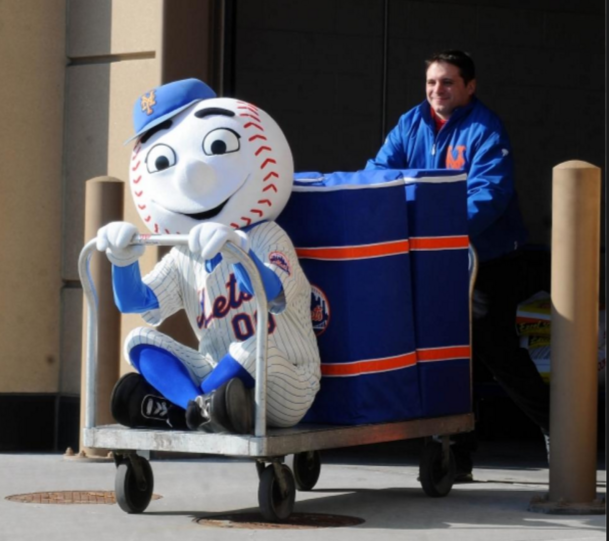On December 12, one37pm.com listed the top-valued 35 sports franchises in the world, following up on an article in Forbes from September of 2023, where the highest-valued 50 global franchises were enumerated. The Dallas Cowboys ranked number one on both lists. The New York Mets? They did not make either list.
The more recent one37pm.com article estimated the Cowboys’ value at $9 billion. The New York Yankees came in second on both lists (which are extremely similar), with a worth of $7.1 billion. Not surprisingly, the NFL had the most franchises in the top 35, with 23 making the cut. On the Forbes list of the top 50, 30 are NFL teams, seven are soccer teams, six are NBA teams. three are MLB teams, and two come from Formula One.
The other MLB teams in the top 35 are the Dodgers at 25 ($4.8 billion) and the Boston Red Sox at 32 ($4.5 billion). Looking at the ranking of 50, the Chicago Cubs come in at 39 ($4.1 billion), and the San Francisco Giants ranked tied for 49th with the Buffalo Bills, with a valuation of $3.7 billion.

Taking a look at the Mets, before the 2023 season, Forbes ranked the Orange and Blue from Queens as MLB’s sixth highest-valued franchise at $2.9 billion. Steve and Alex Cohen purchased the Mets in 2020 for $2.4 billion, so they are already seeing a return on their investment. Drilling into the numbers a bit, in 2022, the Mets had revenue of $374 million, with $122 million of that coming from ticket sales. In 2022, players’ expenses amounted to $288 million. Overall, in 2022, the Mets had an operating loss of $138 million.
With last year’s higher payroll and poor on-field performance, the Mets likely lost significantly more money than they did in 2022. Thinking back to Steve Cohen’s media address in late June, he characterized the financial losses as “bigger than a bread basket” and “not sustainable over the long term.” Fast forward to the 2023 offseason, where the Mets, with the exception of their pursuit of Yoshinobu Yamamoto, seem to be taking a restrained financial approach.
With commitments at $284 million before adding any players this offseason, the Mets appear resolved to control payroll in 2024 (save for Yamamoto). The competitive balance tax threshold in 2024 is $237 million, so the Mets are already obligated to pay unless they drastically cut their player payroll. The tax rate is 20% on the amount over the threshold for first-time offenders, 30% for going over a second time in a row, and 50% for going over the threshold three or more years in a row.
Back to Yamamoto, there are different reports about which factors may drive his decision to select an MLB team. Some say he wants to go somewhere where he can win now (Dodgers, Yankees), while others say he wants to be on the biggest stage (Mets, Yankees), or play for a team with a storied history (Yankees, Dodgers, Red Sox), and yet others suggest he wants to have a chance to be “the guy” (Mets).
The franchise valuations send a clear message. Baseball’s most iconic franchises are the Yankees, Dodgers, Red Sox, and perhaps the Cubs and Giants. The Mets are not yet in that conversation. If Yamamoto wants to play somewhere with a strong franchise history and iconic status, it may not be the Mets. Steve Cohen is clearly trying to change that. Will he be able to sell his vision and the timing of that vision successfully to Yamamoto? Time will tell, and that time may be coming up very quickly.














